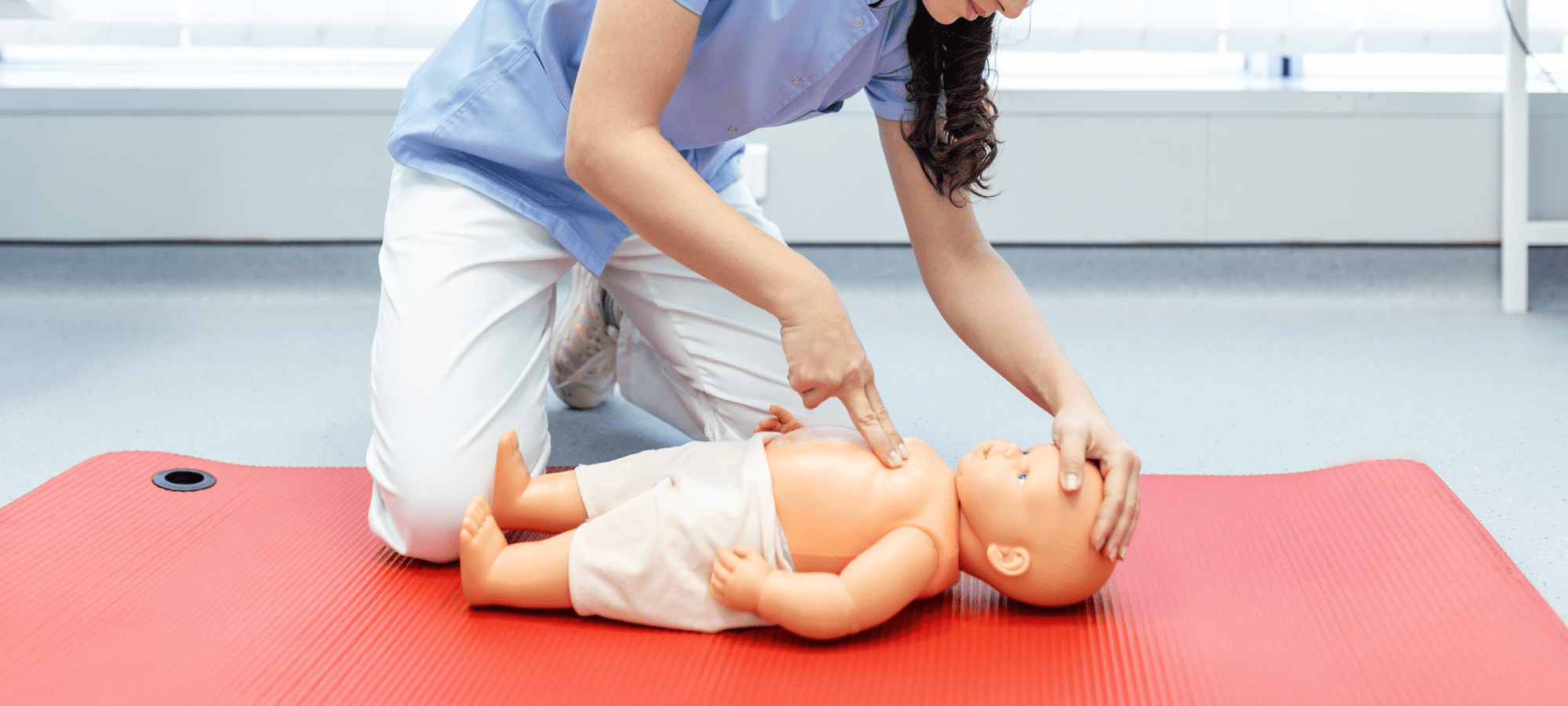Did you know that drowning is the top cause of death in children under the age of five, with ten casualties annually in Queensland alone?
Children have a natural fascination with water, and as babies and toddlers are top heavy, they are at a higher risk of drowning and being unable to lift themselves out. Drowning can be quick, silent and deadly – it only takes
20 seconds and a few centimetres of water.
The rules to live by are constant supervision, keeping your child in arm’s reach and avoiding distractions. Not to mention swimming lessons are invaluable and highly recommended for everyone.
Attending a first aid course and learning cardiopulmonary resuscitation (CPR) is the only way to know what to do when managing an emergency around water. CPR helps keep the blood circulating and delivers
oxygen to the body until help arrives. It’s a good idea to update first aid skills every three years and also update your CPR each year.
The acronym D.R.S.A.B.C.D. outlines the essential action plan.
D is for Danger – Do not put yourself in danger when trying to rescue a child. If more victims are added, first aid becomes unmanageable.
R is for Response – Look for a response in the child. Call the child’s name, rub their hand or give their shoulder a squeeze.
S is for Send for help – Call 000, stay with the child and shout to alert anyone nearby. Put your smartphone on speaker and listen to instructions given by the communications centre. They will stay with you until
help arrives.
A is for Airway – Check the airway by opening their mouth and clearing any debris using your fingers.
B is for Breathing – Look for the rise and fall of the chest, listen at the mouth for normal signs of breathing and feel for air against your cheek. Do this for 10 seconds and if the child is breathing, place them in the recovery position.
C is for Compressions – Start chest compressions if the child is still not breathing. Place the child on their back and kneel beside them. 30 compressions followed by 2 breaths at the rate of 100 – 120 compressions per
minute. Breaths are optional. Press down firmly to about a third the depth of the chest – 4cms for infants. Continue until help arrives.
D is for Defibrillation – A defibrillator or AED (automated external defibrillator) is the next step if the child is still unconscious and not breathing. Normally not available in the home, these devices are available in many public areas and are easy enough for a child to use. When the ambulance arrives, a Paramedic will attach pads to the child immediately.
Please be mindful that these instructions are no substitute for an accredited CPR course.
If you’d like to know more, an excellent resource for water safety in Queensland is the Laurie Lawrence campaign Kids Alive. This website provides a Kids Channel, Parents Library and Teacher Hub, www.kidsalive.com.au





